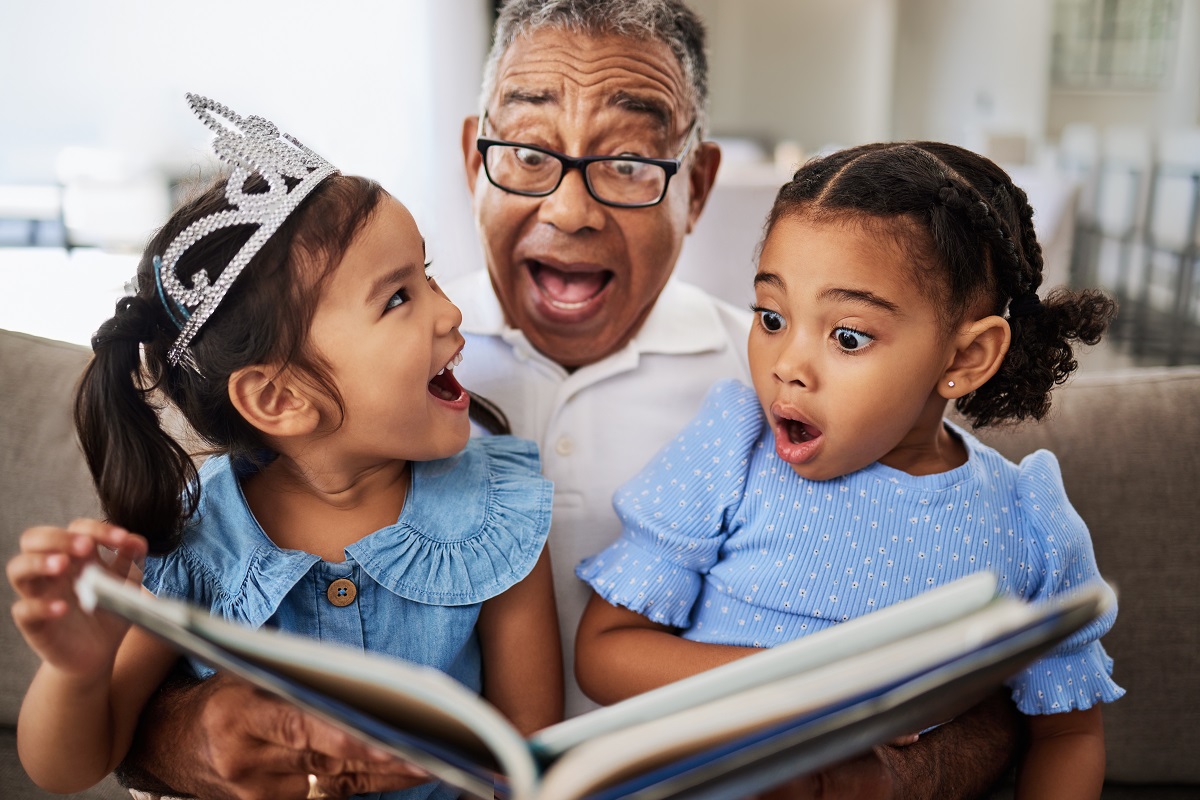intergenerational relations refers to the relationships between generations that can be beneficial to each group as parents, children, grandchildren, and even great-grandchildren or even unrelated members of different generations interact. The best relationships are built on respect, responsibility, reciprocity, and resiliency.
As people age, new relationships form as new generations come to be and grow up. Two people become parents, and eventually, there is a network of aging parents, adult children, grandchildren, and even great-grandchildren. The interactions between the two are considered intergenerational relations.
Each age group needs different types of support, and offering intergenerational support is the best way to do it. It makes each family member feel like they are not alone as they meet life’s challenges.
What Defines An Intergenerational Approach To Relationships?
When multiple generations come together in relationships, you have an intergenerational approach. This can be a family structure or when non-family members of different ages are brought together. Typically, this happens within family units regarding living arrangements, providing care, or simply offering social support.

Merrill Silverstein and Vern Bengtson explored an intergenerational family approach to adult parent-child relationships in America. An important finding of their research was that even though relationships vary from one family to the next, most contain what would be needed to be mutually beneficial to the family unit if implementing this approach.
What Factors Influence Intergenerational Relationships?
An intentional bringing together of different generations under the same roof can cause challenges but also prove mutually beneficial. Such arrangements work if members pay heed to the “Four Rs” of intergenerational relationships – respect, responsibility, reciprocity, and resiliency.
Respect
Each age group has something to contribute to an intergenerational relationship. Youth should be deferential to the concerns, wisdom, and opinion of older family members, but the old should listen to the young, not impose their will on them, and allow them to be their own persons.
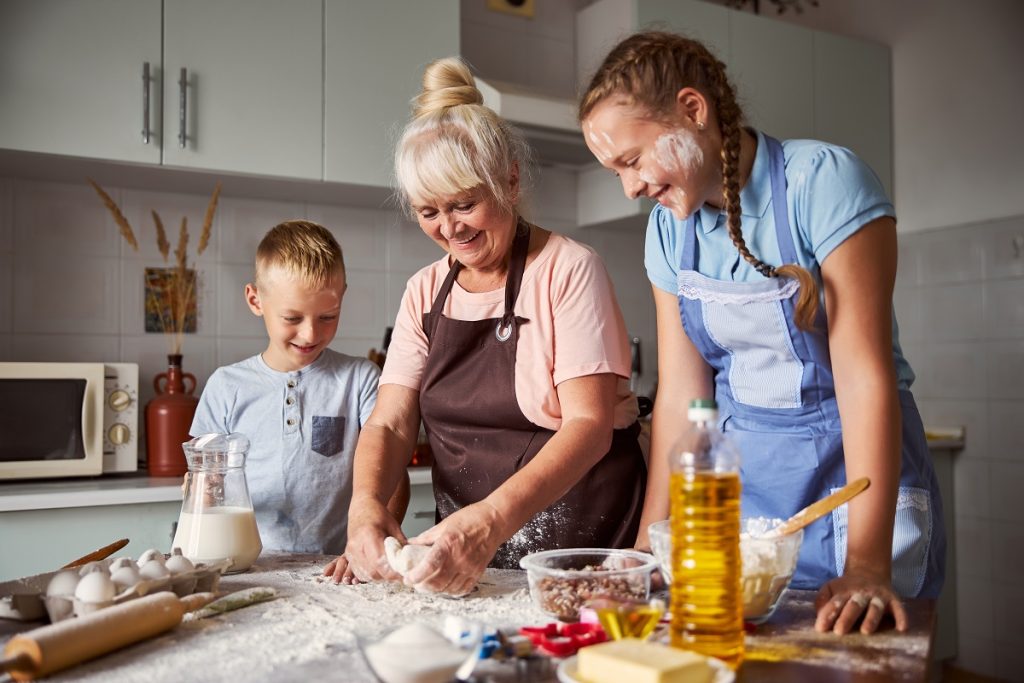
Responsibility
As parents take care of children from birth on, children should attend to their parents as they age. In some societies, particularly Asian societies, this is a powerful concept. To those individuals, taking care of family elders is simply a societal expectation.
However, most cultures express concern for the well-being of their elders and try to help them in their later years. Close family units are more likely to care for family members on their own rather than hire someone.

Reciprocity
If something has always been done, the family members are more likely to continue with that expectation. Strong family ties also impact this decision.
Generations each have something to teach each other, as the old pass on traditions and the young often bring up valid points that question them. When each generation respects the other, intergenerational learning occurs.
Each generation needs emotional support during good times and bad. They may even need physical and financial assistance.

Resiliency
Generations sometimes clash due to personality and age-related mindsets. When relationships are based on loved and respect, they bounce back.
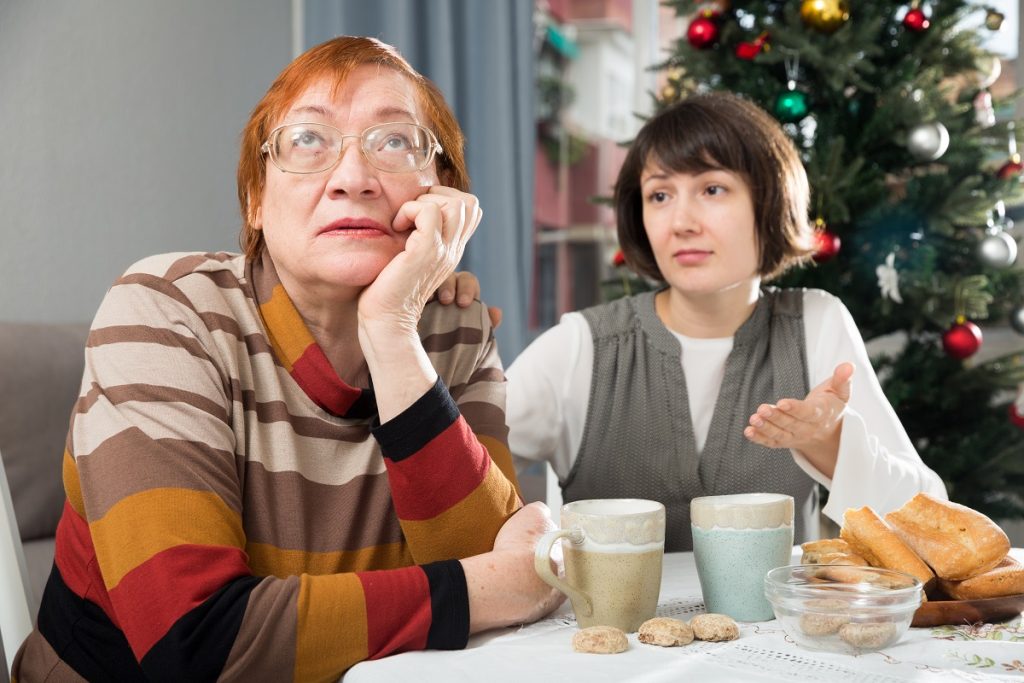
According to the Brubakers in their research, you can support intergenerational relationships by building on “the “Four Rs.”
How Do Intergenerational Relationships Benefit Each Group?
- Emotional Support: Emotional support is something anyone can bring to the relationship, even as old age creeps up and makes helping physically more demanding. Mom or dad may not be able to clean, cook or do yard work, but they can sit quietly and rock a baby or listen to a kindergartener read. Find things where everyone can contribute.
- Interdependence: Everyone wants to feel like they are a valuable and contributing part of the team, older people included. If the family unit ensures that all members feel they are valued and given tasks they can complete that make them feel useful. Family relations can be strengthened in the process.
- Improved Family Relationships: Family change can be hard, but putting adult children together with aging parents can improve relationships. One of the keys to finding success is to make sure everyone has space to pursue their likes. They need a personal space to spend time alone, as well as a communal, shared space.
- Physical Well-being: A multigenerational approach can help with physical health and well-being for many reasons. First, it brings more hands on deck to the household. Second, people are more likely to eat bigger, balanced meals when sitting at the table with others. Lastly, family members can help ensure that the needs of others, such as older parents, are being met.
- Life Experience Sharing: Younger generations can benefit from hearing about the life and experiences of the older generations.
- Sharing of Strengths: Often, we focus on what the older adults will bring to the relationship, and it is easy to forget what the younger counterparts bring to the table. For example, grandchildren are likely to be more comfortable with technology and can offer help with apps to assist the elderly, for example. Youth might be more open to accepting other races and ethnicity. Recognizing that everyone brings something positive to the table and valuing those things helps with relationship building.
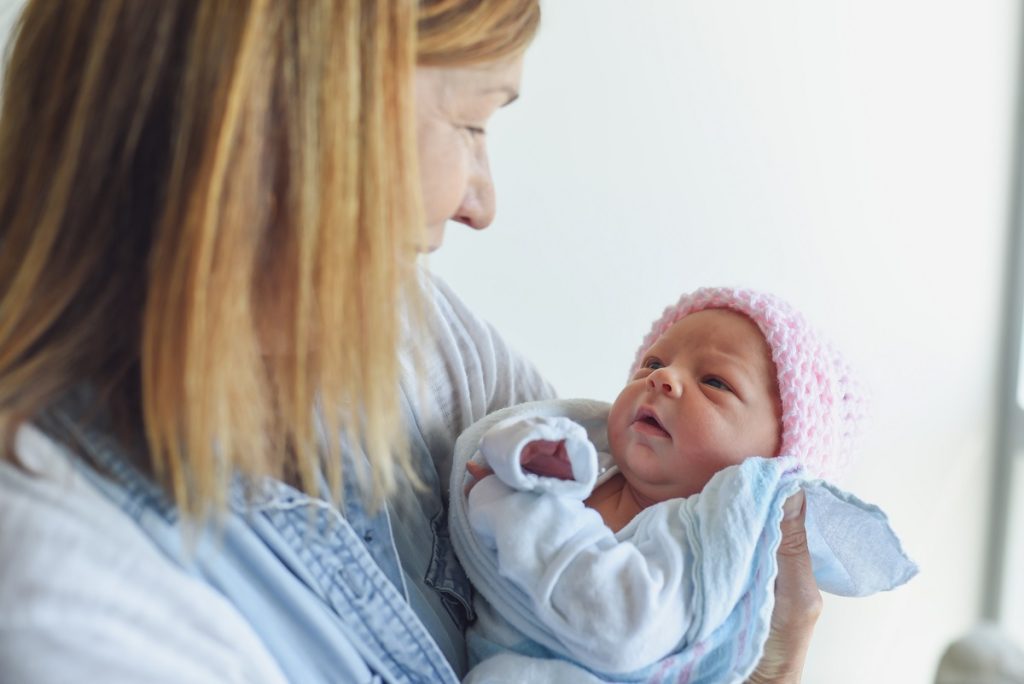
What Are Examples Of Intergenerational Relationships?
As the life expectancy of people increases, intergenerational relationships become far more common, such as relationships between grandparents and grandchildren or parents and children.
A household only needs two generations under one roof who are beyond the expected age of living together to be considered intergenerational. As soon as people have children, their household is intergenerational, but the term is applied when most of the family members are adults.
Some families will have three generations or more under one roof. A nuclear family of parents and children becomes intergenerational when parents or grandparents come to live in the same home or when a child has a baby of their own.
People do not all have to live together to build intergenerational solidarity This happens when grandparents interact with their grandchildren. Spending a reasonable amount of time together is sufficient to qualify and create an intergenerational relationship.
Relationships don’t have to be familial, either. Sometimes people choose to spend an extended amount of time with an elderly neighbor or volunteer at a local nursing home where they grow close to an older adult. Over the course of caregiving, a younger person could grow quite attached to a client. These relationships are also intergenerational.

What Is The Meaning Of Intergenerational Partnership?
In an intergenerational partnership, all members contribute to the relationship to create change. It can mean promoting positive interactions between elderly and younger people. It could also involve shifting a life course to provide support for some family members who need it.
Being an older adult and finding yourself with greater dependency on other family members can be difficult. With a partnership, everyone involved is working to help fulfill the needs while maintaining dignity for all involved.
A partnership often forms as parents come to live with their grown children when they need more care. In the recent pandemic, we saw grown children returning to their parents’ homes when they lost their jobs or were able to work from home.
How Can We Support Intergenerational Relationships?
Demographic changes in society may lead to older adults needing support. As people live longer, the likelihood they will need long-term care increases. Current long-term care options are costly and are beyond the means of many lower and middle-class families, especially if the elder does not qualify for Medicaid. Family care is the primary source of help in old age for many people. Currently, 1 in 5 adults is caring for another adult who needs help with activities of daily living or health issues.
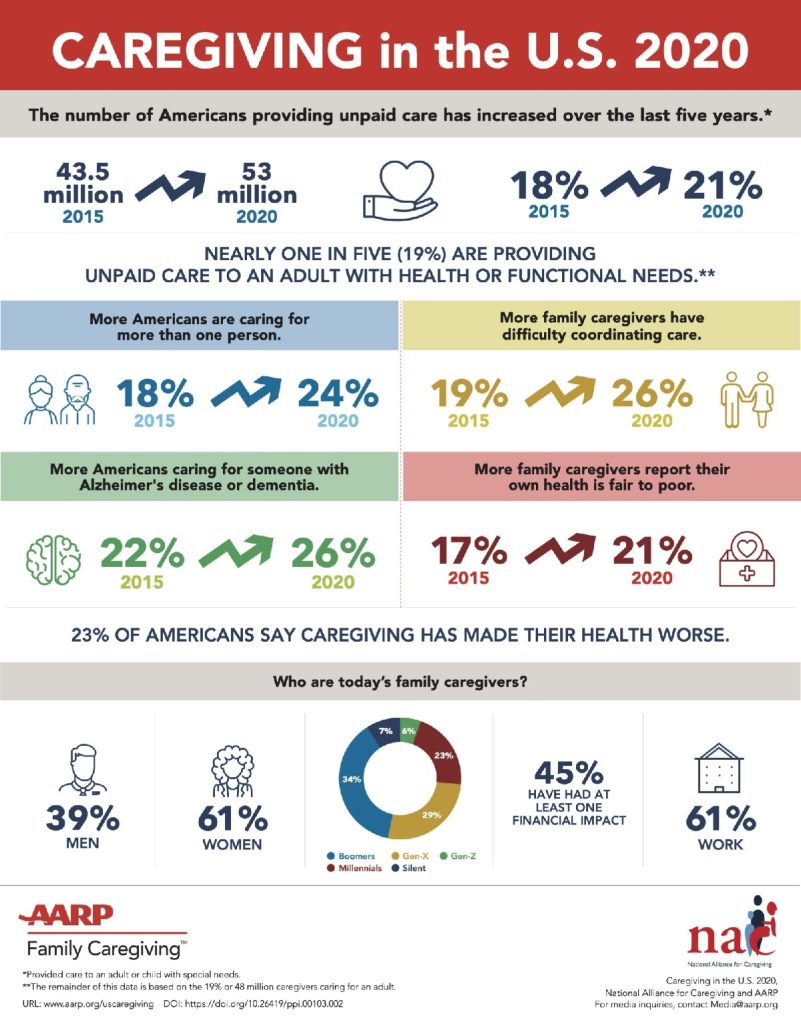
In his research Beyond the Nuclear Family, Vern Bengtson discussed the importance of intergenerational relationships. Bringing together an extended family to provide both physical and emotional care, love, and support for an elderly family member is a family life change that is challenging but rewarding.
Our society can support these relationships in the following ways:
- Creating social policy that supports family members getting paid time off when needed to care for elderly parents or grandparents.
- Providing systems that allow family caretakers, especially spouses, to be paid for caregiving.
- Encouraging family communication.
- Making care decisions and life changes together.

